Apple has grown its body of streaming hardware users, but still lags behind offerings from Amazon, Google, and Roku, according to a new research study.
The study, collated by eMarketer sees explosive growth in internet-connected televisions and streaming boxes. In total, 168.1 million people will use an internet-connected TV in 2017, up 10.1 percent over the 2016 number.
Leading the category is smart televisions, with nearly half of all connected viewers at 81.2 million users in 2017. Smart TV growth has led the overall increase, with a 30.8 percent increase in 2017.
Roku has been the main beneficiary of the growth. The survey company sees a 19.3 percent growth since the last measurement period, with 38.9 million Americans using a Roku-equipped device.
Not made clear by the study is how the devices are being used. While the survey measures actual users, it is not clear if the Roku televisions are being used for regular cable programming with the Roku streaming system idle, or if they are actively being used for internet streaming.
Likewise, it isn't clear if the Apple TV is being used for streaming user content from iTunes, or from an iOS device through AirPlay.
Roku's closet competitor is Google's Chromecast, which should have 36.9 million users this year, roughly 22 percent of connected TV users. Amazon Fire TV is predicted to see 35.8 million users in 2017, holding 21.3 percent of connected TV users.
The Apple TV is fourth, with 21.3 million users sitting at around 12.7 percent of all connected TV users. The study publishers see that growing by four million by the end of 2021, but it does not appear that the study's predictions reflect a rumored 4K update to the Apple TV hardware, nor the forthcoming addition of Amazon Prime Video to the device.
"Apple TV has been held back by the absence of a compelling content offering, a lack of support for increasingly popular Amazon video content and a much higher price bracket than its competitors," principal video analyst at eMarketer Paul Verna said. "Apple TV devices currently start at $150, whereas Google, Amazon and Roku all sell streaming sticks that are priced well below $40."
 Mike Wuerthele
Mike Wuerthele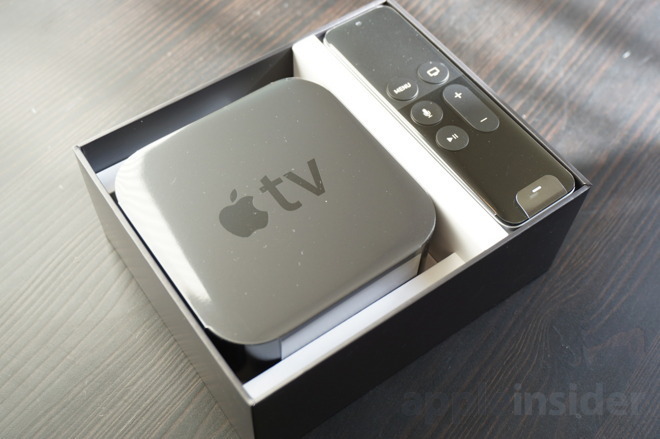
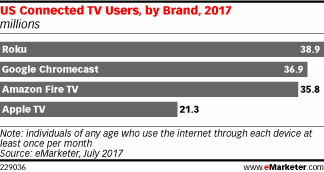














 Christine McKee
Christine McKee
 Sponsored Content
Sponsored Content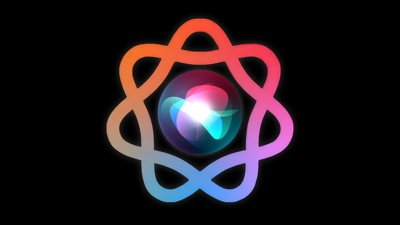
 Wesley Hilliard
Wesley Hilliard
 AppleInsider Staff
AppleInsider Staff
 Andrew Orr
Andrew Orr
 Amber Neely
Amber Neely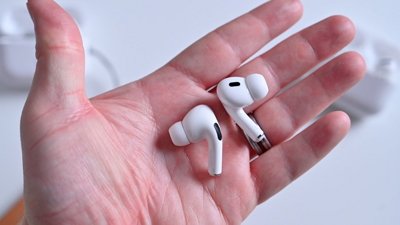

 William Gallagher
William Gallagher
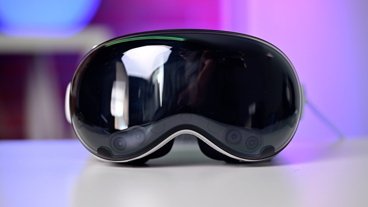
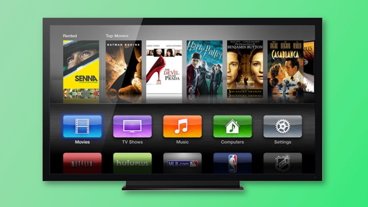






17 Comments
I went from FiOS TV to Apple TVs and could not be happier. I cut my monthly cost for TV by more than 50%. The AppleTVs are a joy to use, and I still have all my local channels including all my sports. SlingTV is a lot of bang for the buck, especially when it comes to sports. DirectTV NOW is one of the more pricier options, but has more channels available than I had on the best tier of FiOS TV. That's just a couple of the live TV options, there are more. Of course you have all the on-demand staples such as Netflix, Hulu, and coming soon Amazon. SlingTV and DirectTV both offer discounted and/or free AppleTVs if you pre-pay for three months up front. If you haven't cut the cord due to lack of live TV, now is the time.
The AppleTVs of course integrates with your other Apple devices, so you have your pictures, movies, Apple Music, etc. on your TV. You have Siri which is handy, and you can even control HomeKit devices. It's nice using Siri on my TV to adjust the thermostat in the house, or just to look up what TV show is available on what app. It operates very similar to an iPad or iPhone so it's easy to operate. To setup your AppleTV, you can just hold your iPad or iPhone close to it, and it will automatically transfer your Apple account info, apps, settings, etc., and connect to WiFi in one step.
"At least once per month" seems like a low bar to measure relative success between devices.
"Not made clear by the study is how the devices are being used. While the survey measures actual users, it is not clear if the Roku televisions are being used for regular cable programming with the Roku streaming system idle, or if they are actively being used for internet streaming."
Pretty much no one pays extra for a smart TV without using the smart features.
"Leading the category is smart televisions, with nearly half of all connected viewers at 81.2 million users in 2017. "
This is what I would like to see broken down. The major players here:
Samsung's Tizen smart TV platform (originally Intel's smartphone platform that Samsung bought to use for their Android competitor)
LG's webOS smart TV platform (again originally intended for smartphones by Palm and HP but they gave up without really trying thanks to the iPhone then LG bought it to use for their TVs)
Roku's platform: the most popular platform not tied to a single manufacturer
Firefox TV: technically was not manufacturer-specific but in practice was only adopted only by Panasonic, receives no more support from Mozilla but Panasonic is keeping it going for now
Android TV: lack of adoption by Samsung and LG nearly killed their chances, as did Google's stupidly refusing to release a $40 dongle to compete with the Roku and Fire TV streaming sticks (because they didn't want to cannibalize Chromecast). However, Sony uses it for their smart Bravia smart TV line, plus a bunch of smaller players (Philips, RCA, Sharp, TCL, LeCo, Haier). Many of the Android TV-based smart TV manufacturers make and sell Roku-based smart TVs also (LeCo, TCL, Haier for example) which ruined Google's hopes of dominating the cheap smart TV market as they do the cheap phone market.
If Samsung, LG and Sony releases numbers on the amount of smart TVs that they move, the media never sees fit to report them. The other OEMs either don't release this data, or the media doesn't report/analyze it. Variety claims that Roku has a 13% smart TV share, which is a lot lower than I thought, but then again that is up from 8%. Google claims that they see about half a million Android TV activations a year, nearly all of which are almost certain to be Sony Bravia smart TVs.
Apple is such a laggard. Except, um, in profits. And true innovation. And meaningful, well thought out platforms. And security, and privacy and quality...
The numbers are a little different when including iPhones and iPads, which are used significantly for video viewing, and which support more & more of the functionality of AppleTV in this space (single sign-on, TV app).